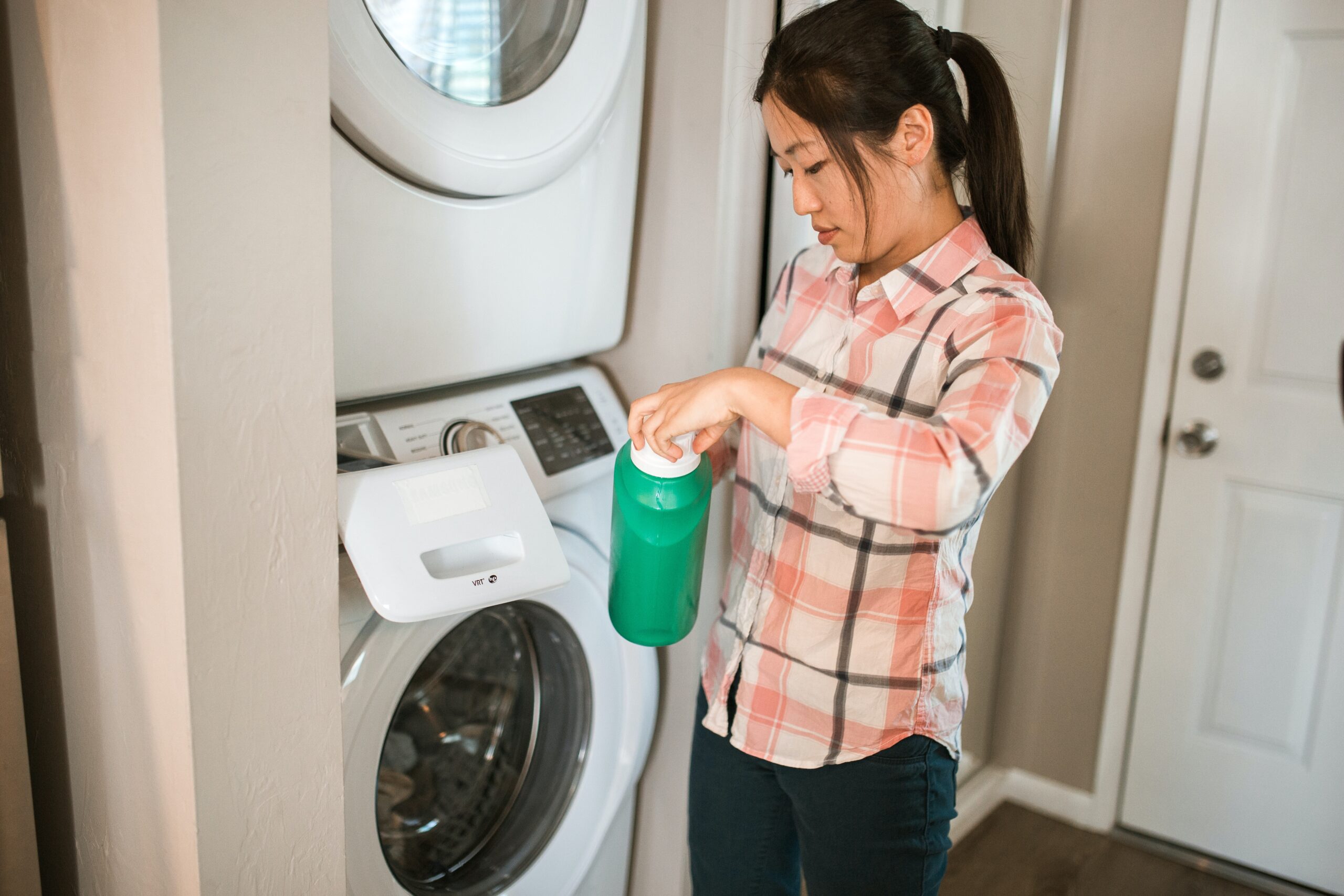A broken washing machine that leaks all over the floor is the most inconvenient thing ever.
Water, it goes without saying, can cause damage to walls and carpets.
In this article, we’ll address the most common washing machine leak issues.
In summary, here are 7 common reasons why washers leak from underneath
- Defective Door Seal
- Hose clamp lose
- Faulty Inlet Valve
- Faulty Detergent Draw
- Broken or Faulty Tub Seal
- Is the Filter or Catch Basket Clogged?
- Defective Water Pump
- Defective Coupler
We are confident that we will be able to identify your washing machine leaking issues, possibly restoring your faith that it will not leak everywhere again.
7 Reasons why Washing Machine Leaks from Bottom (with fixes)
The most common causes of a washing machine leaking from the bottom are a faulty door seal, a faulty hose clamp, or an inlet valve.
Based on our research and experience, below are the most common reasons why your washing machine is leaking water underneath and all over the floor
Ready, let’s jump in!
Defective Door Seal
The most common cause of leaks is a broken door seal, which is easily repaired and identifiable.
Water frequently begins to leak from the bottom of the washing machine because something prevents the front-loading door from closing completely.
This could be due to dirt, excessive detergent, or other factors.
Hose Clamp Loose or Missing?
Your washing machine’s drain hose should be connected to the drainage pipe that extends from your washer.
A clamp for the hose connection should be visible where they meet.
Your washing machine’s drain hose should be connected to the drainage pipe that extends from the washer.
This clamp may be hidden on the inside of some models, but it is usually visible.
If the connection feels or appears loose, or if there is no clamp or sealed connection at all, water may be leaking out the bottom of the washer.
In most cases, tightening the water hose by hand is sufficient.
However, there may be times when a replacement part or a professional serviceman is required to complete the task.
Faulty Inlet Valve
The water inlet valve, which is usually located where the hot and cold inlet hoses enter the washer, controls the hot and cold water that enters the tub
.A leak from the water inlet valve is usually caused by body cracks or a faulty seal.
The water inlet valve can be removed and replaced by removing the access panel and then removing the clamps that secure it with pliers.
Faulty Detergent Draw
Laundry detergent can also be a source of the leak.
If your drawer is leaking, rust can build up around the edges.
Examine it for any damage and give it a thorough clean.
Follow the manufacturer’s instructions on how to use it properly.
This includes the type and amount of detergent that should be used.
Broken or Faulty Tub Seal
If the water leak is beneath the washer, replacing a component known as the tub seal will usually solve the problem.
This is especially important if your washing machine starts leaking during the rinse cycle.
A tub seal is installed on the top of the transmission of the washing machine.
To access the tub seal, remove the spin basket and possibly flip the washer over.
Unfortunately, this can imply a significant amount of disassembly work, and it may be best to contact a serviceman
Is the Filter or Catch Basket Clogged?
A catch basket in a washing machine is similar to a lint trap in a dryer.
It can become clogged over time, resulting in fibers in your washed laundry.
However, it can also cause the washer to leak from the bottom!
The catch basket can be found along the top edge of the washing machine’s drum, the top of the center column (called the agitator) of the drum, or at the end of the drain hose, where there may be a removable screen you can clean.
These catch baskets may not be available in newer washers.
Defective Water Pump
A faulty water pump or hoses linked to the pump are frequently to blame for leaks under the washer.
If the pump is malfunctioning, you will typically hear a lot of rumbling or shaking coming from the appliance throughout a wash cycle.
A washer’s water pump is often found near the bottom of the appliance.
The two substantial hoses that are attached to the water pump serve as a visual cue.
If any of these connections seem slack or congested, you can visually confirm this.
Defective Coupler
If your washing machine is leaking from the bottom of your clothes are still wet after a cycle, a broken coupler could be the source of the problem.
The coupler serves as a rubber or plastic seal between the washing machine’s motor and drum.
To protect the actual machinery in the event of a malfunction, it is actually designed to break.
And the good news is replacing it is not too expensive!
What Should I do if Washer keeps leaking
Because you have a leak, it does not mean that your washer is broken and cannot be repaired.
Following the steps outlined above should allow you to identify and resolve the problem.
However, if you have been unable to resolve the leak it’s time to call in a qualified technician to take a look
Should I Repair or Replacement my Washer?
If the repair is less than half the price of a new appliance and your machine still has several years of expected life left, a quick fix may be a more cost-effective option than replacing the entire washer.
A valid warranty can also justify any repair.
If not, it’s time to change the washer.
If the defective part costs more than half the price of a new washer.
Conclusion
This brings us to the end of the article, and we hope your washer is no longer leaking.
Remember that machines fail, and no matter how frustrating it is to discover that your beloved washer is leaking, it is always best to maintain your cool.
If your leaking problem has not been resolved, it is best to contact a technician.

